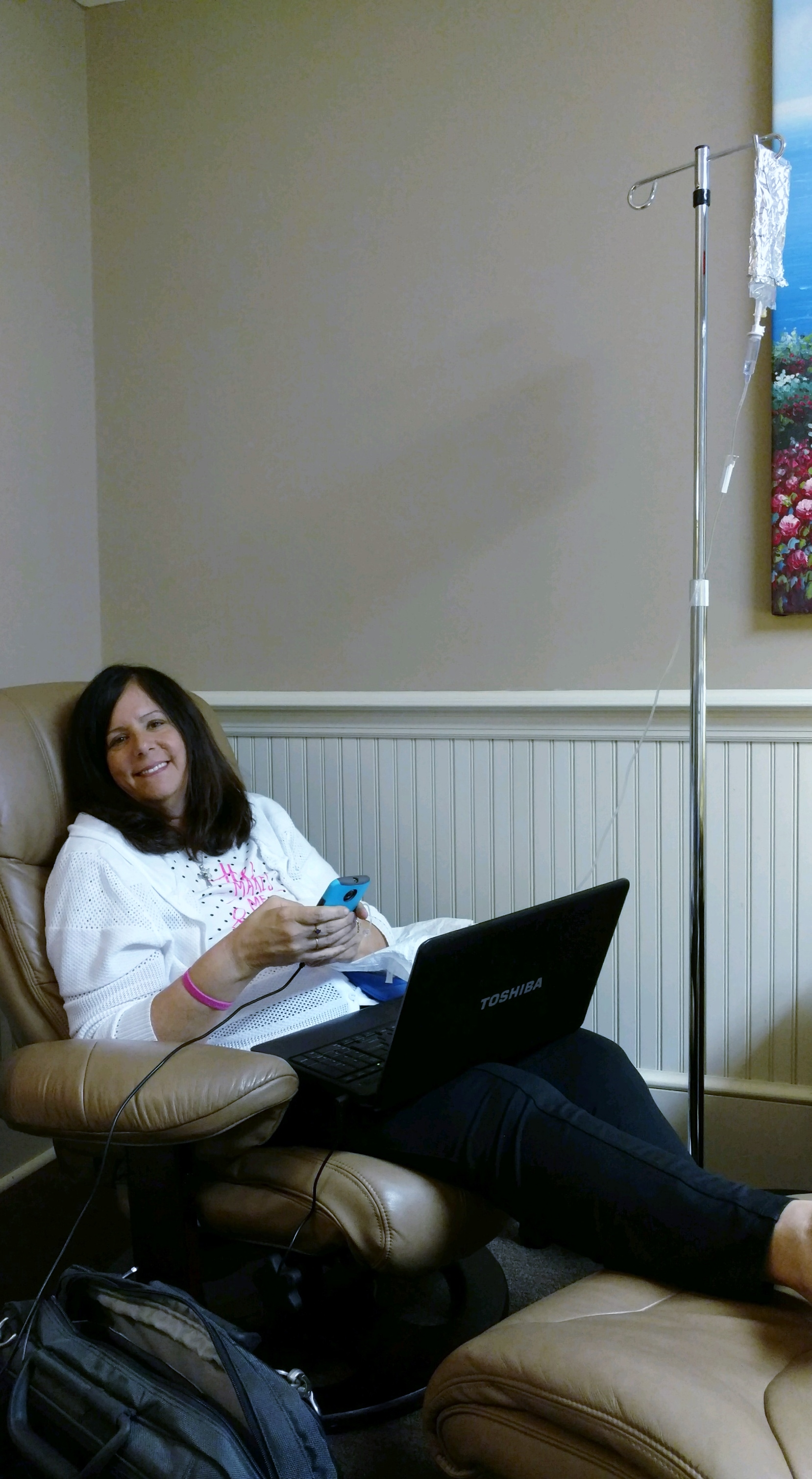Small cell lung cancer
Small cell lung cancer: Types of lung cancer

Small cell lung cancer is treatable and the patient can have a more comfortable life
Lung cancer is a disease that comes about when cells of the lung start growing and multiplying rapidly in an abnormal manner. Lung cancer is currently the leading cause of cancer deaths globally in both male and female gender. There are two main types of lung cancer. Small-cell lung cancer (SCLC), sometimes called small-cell carcinoma, causes about 10%-15% of all lung cancer. Non-small-cell lung cancer (NSCLC) causes the rest which forms the bigger percentage. These are very disturbing health conditions that must be addressed promptly. Doctor Dalal Akoury MD, President and founder of AWAREmed health and wellness resource center explains the major types of SCLC. And as we progress with the discussion, if you have any concern about lung cancer, you can schedule an appointment with her today.
Small cell lung cancer: The two types of SCLC
- Small-cell carcinoma (oat cell cancer)
- Combined small-cell carcinoma
Both include many types of cells that grow and spread in different ways. They are named according to what the cells look like under a microscope. Small-cell lung cancer differs from non-small-cell lung cancer in the following ways:
- Small-cell lung cancer grows rapidly.
- Small-cell lung cancer spreads much faster and quickly.
- Small-cell lung cancer responds well to chemotherapy which uses medication to kill cancer cellsand radiation therapy which uses high dose X-rays to kill cancer cells
- Small-cell lung cancer is frequently associated with distinct paraneoplastic syndromes (a collection of symptoms that result from substances produced by the tumor).
Small cell lung cancer: Small-cell lung cancer causes
- The main cause of both small-cell lung cancer and non-small-cell lung cancer is cigarette smoking. Nevertheless, small-cell lung cancer is extra intensely associated to smoking than non-small cell lung cancer.
- Consistent contact with radon which is an inert gas that develops from the decay of uranium has been reported to cause small-cell lung cancer.
- Exposure to asbestos greatly increases the risk of lung cancer. A combination of asbestos exposure and cigarette smoking increases the risk even further.
- Even secondhand cigarette smoke is a risk factor for lung cancer. Individuals living with a smoker have an increase in the risk of developing lung cancer compared to people who are not exposed to secondhand smoke.
- All types of lung cancer occur with increased frequency in people who mine uranium, but small-cell lung cancer is most common. The prevalence is increased further in persons who smoke.
Small cell lung cancer: When to Seek Medical Care
Consult a doctor if any of the following symptoms are present:
- Voice change
- Mysterious weight loss
- Unexplained persistent fatigue
- Unsolved deep aches or pains
- Shortness of breath
- New cough or change in the consistency of a cough
- Coughing up blood
When the following symptoms persist, you should consider that as an emergency and where possible you can call 911 for help immediately:
- Sudden vision impairment
- Sudden shortness of breath
- Seizures
- Coughing up large amounts of blood
- Chest pain that is pounding
- Abrupt or severe weakness of any limb
Small cell lung cancer: Types of lung cancer









